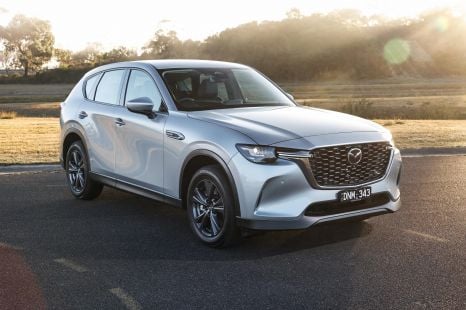

Josh Nevett
3 Days Ago
PHEVs remain unpopular with buyers, sitting a long way behind EVs and conventional hybrids alike. But there are lots of new choices on the way.

Senior Contributor
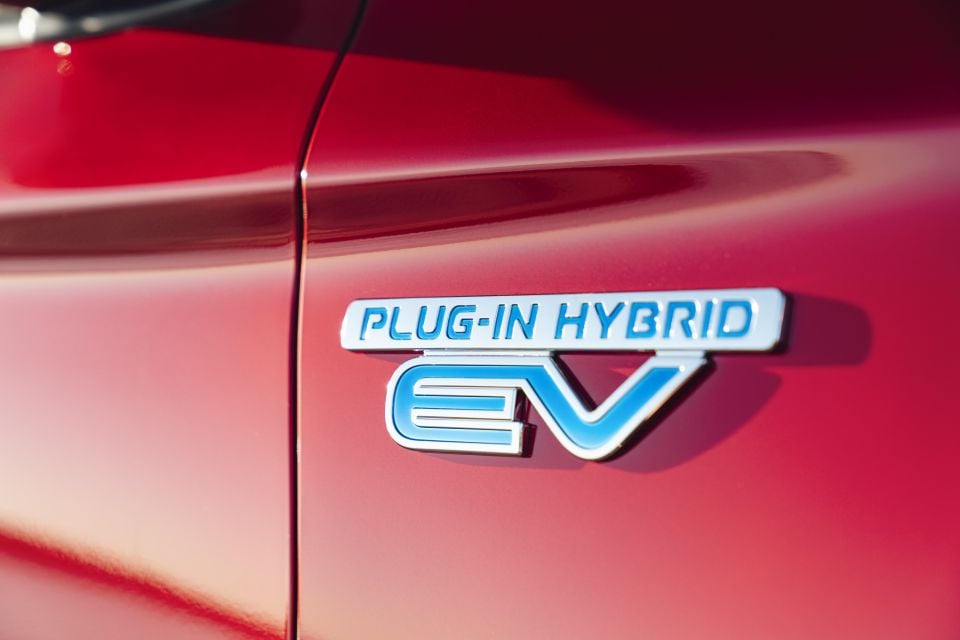

Senior Contributor
Plug-in hybrids remain a substantially less popular choice in Australia than either conventional Toyota-style hybrids or battery electric vehicles, alike.
According to sales data supplied by the Federal Chamber of Automotive Industries, 3372 PHEVs found buyers in 2021. That was up 99.4 per cent year-on-year, but still represented just 0.3 per cent of the total new car market.
By contrast, conventional hybrids found 70,466 buyers (up 20.3 per cent), while electric vehicles counted by VFACTS totalled 5149 (up 191.1 per cent) – a figure that excludes Tesla, which we believe sold 10,000-12,000 Model 3s last year on top of this.
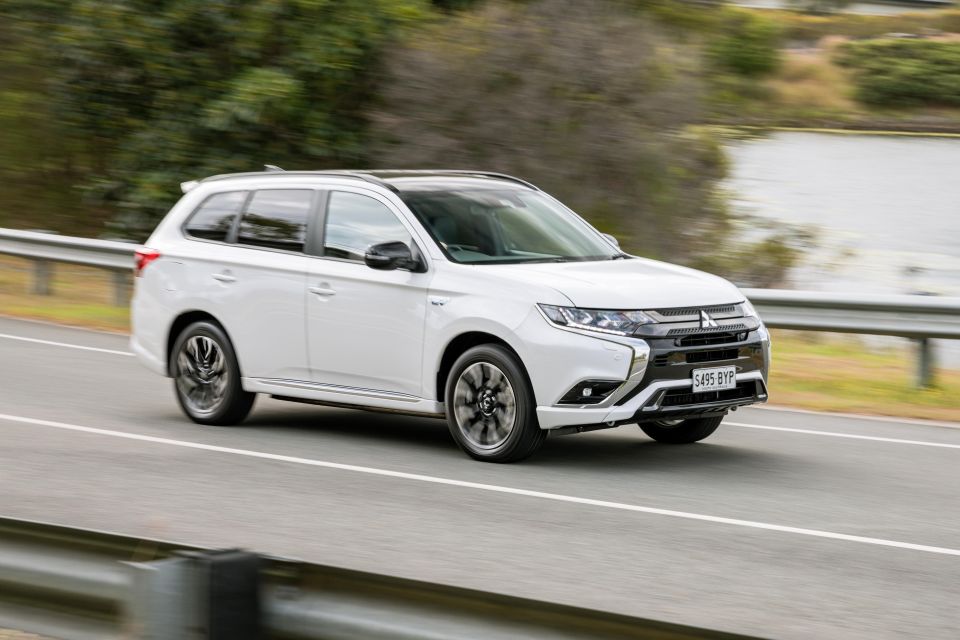
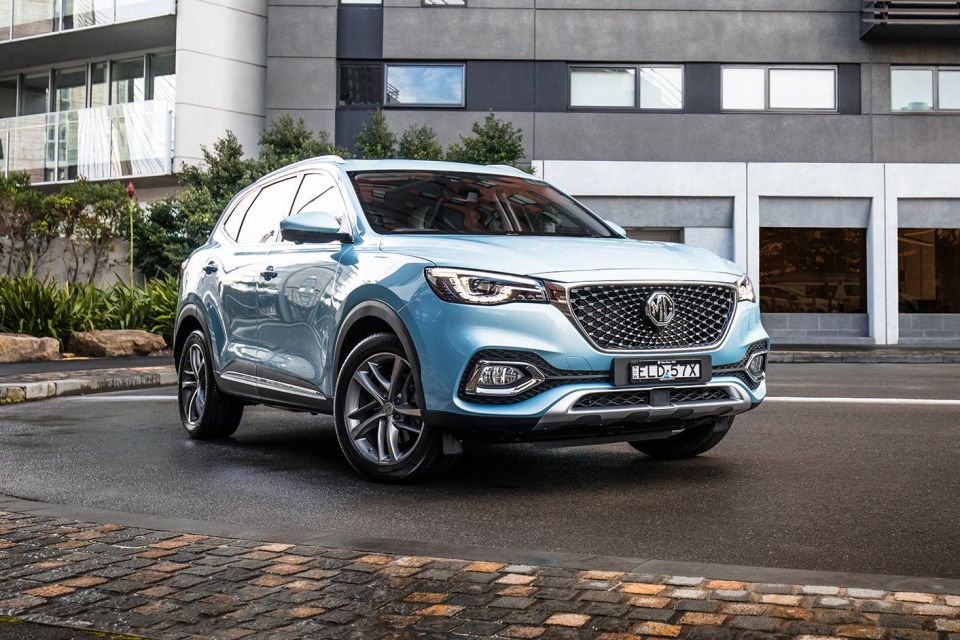
For those not across the technology, ‘stepping stone’ plug-in hybrids offer daily electric-only range with a petrol engine-generator backup to mitigate range anxiety. In terms of price they sit between hybrids and EVs.
If there is one market segment where PHEVs are getting some sort of cut-through, it’s medium SUVs – with the top four-selling plug-in hybrid models all falling into this category.
Squeaking into first was Australia’s most established PHEV, the Mitsubishi Outlander, with 592 sales equal to just over 4 per cent of the Outlander’s total. It edged out the newer MG HS on 580 sales, equal to around 8.5 per cent of that model’s total.
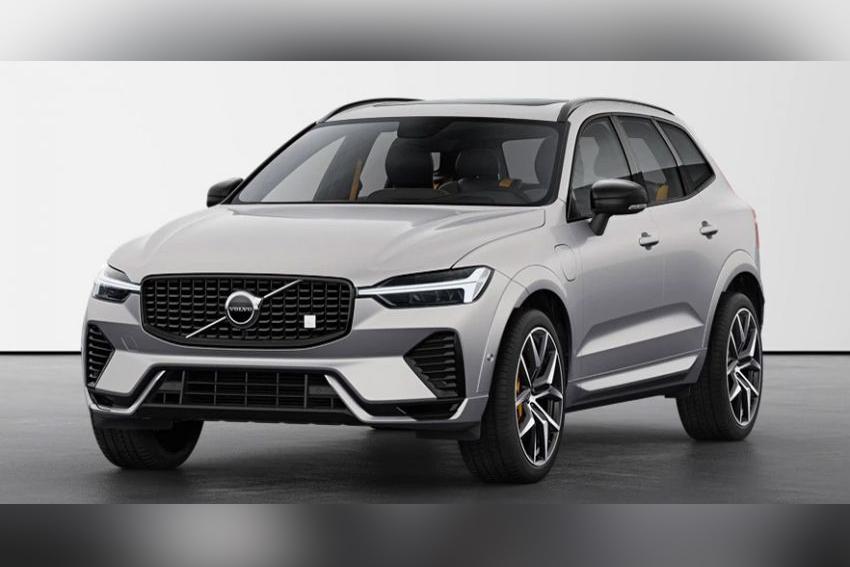
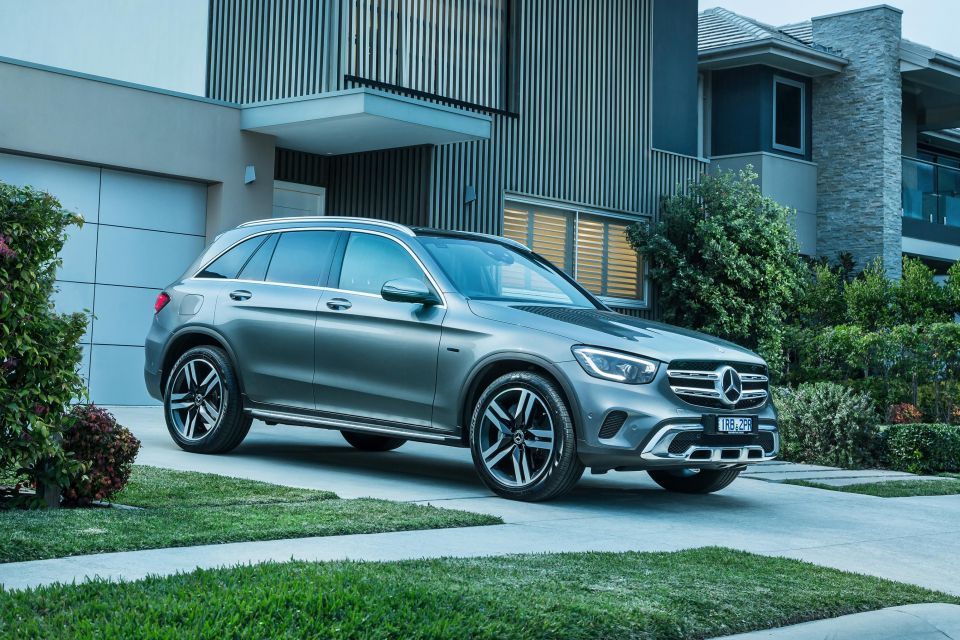
Expect this duo to stay on top this year too. A brand new Outlander PHEV with much longer electric range arrives in the first half, while MG will expand the HS Plus EV range with a cheaper base variant priced closer to $40,000 in January.
Next in the pecking oder were two more luxurious options: the Volvo XC60 (308, equal to 8.4 per cent of that model’s total) and the Mercedes-Benz GLC (also 308, 8.9 per cent).
PHEV sales in 2021:
| Model | Sales 2021 |
|---|---|
| Mitsubishi Outlander PHEV | 592 |
| MG HS Plus EV | 580 |
| Volvo XC60 Recharge PHEV | 308 |
| Mercedes-Benz GLC300e | 308 |
| Volvo XC40 Recharge PHEV | 288 |
| Mitsubishi Eclipse Cross PHEV | 229 |
| Volvo XC90 Recharge PHEV | 170 |
| BMW 330e | 150 |
| Mini Countryman Hybrid | 141 |
| Porsche Cayenne E-Hybrid | 122 |
| BMW X5 xDrive45e | 118 |
| Hyundai Ioniq Plug-in Hybrid | 68 |
| Mercedes-Benz A250e | 66 |
| Kia Niro Plug-in Hybrid | 60 |
| BMW X3 xDrive30e | 37 |
| Ferrari SF90/296 GTB | 25 |
| BMW 530e | 22 |
| Mercedes-Benz E300e | 20 |
| Kia Sorento Plug-in Hybrid | 15 |
| Mercedes-Benz C300e | 13 |
| Range Rover Sport PHEV | 11 |
| Peugeot 3008 GT Sport Plug-in | 11 |
| BMW 745e | 6 |
| Porsche Panamera E-Hybrid | 6 |
| Peugeot 508 GT Plug-in Hybrid | 5 |
| Range Rover PHEV | 1 |
While PHEVs remain niche in Australia, there are numerous new plug-in hybrid models launching here during the course of 2022, which should produce another year of growth.

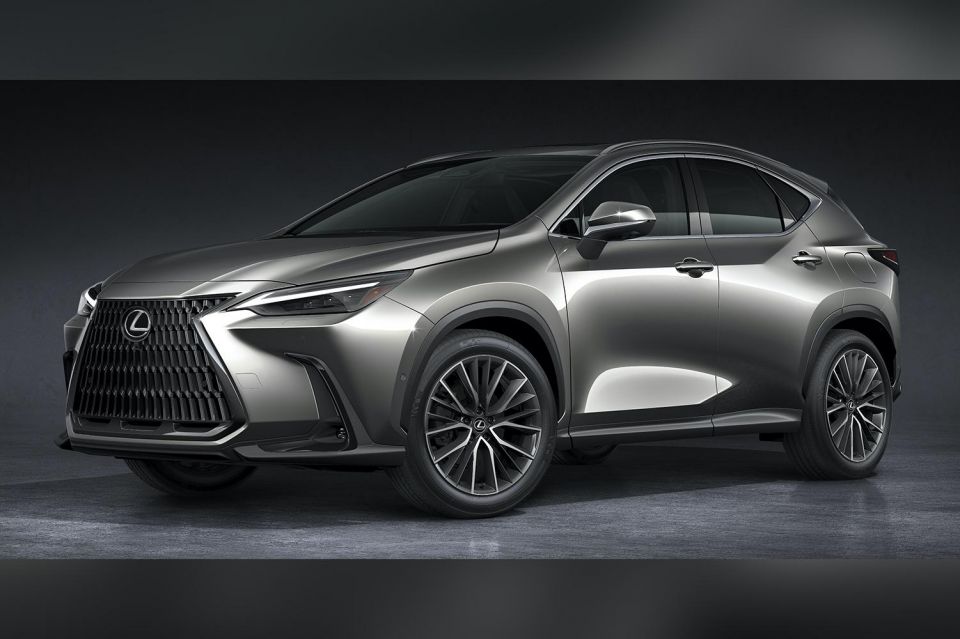
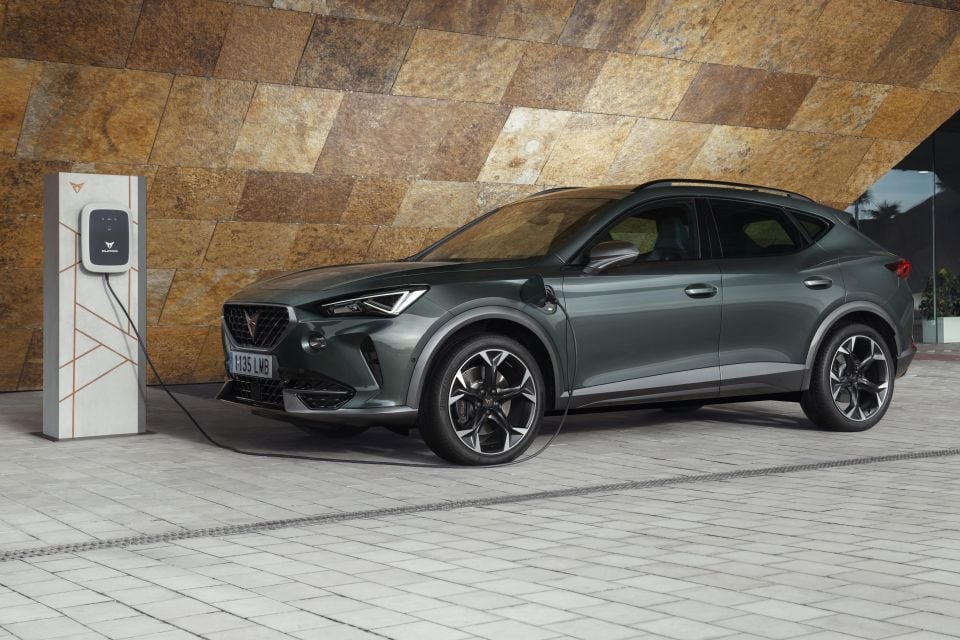
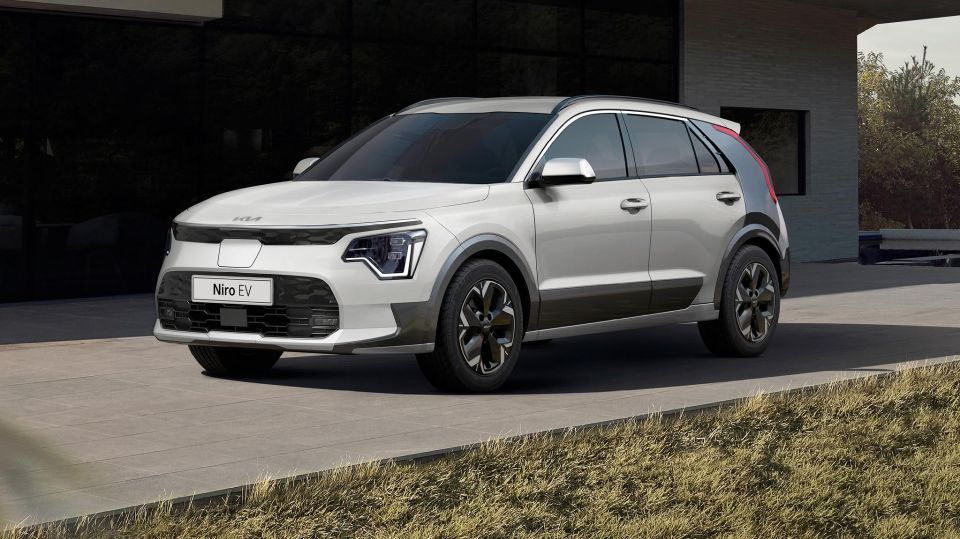
Some of the anticipated new PHEVs on the way in 2022 include the following, with the anticipated launch times listed:
MORE: Toyota hybrids break sales record, despite shortages MORE: MG sees mainstream growth potential in HS plug-in hybrid MORE: Mitsubishi’s problem? Australians don’t know what plug-in hybrids are MORE: Mercedes-Benz defends PHEVs as more than a ‘compliance trick’


Josh Nevett
3 Days Ago
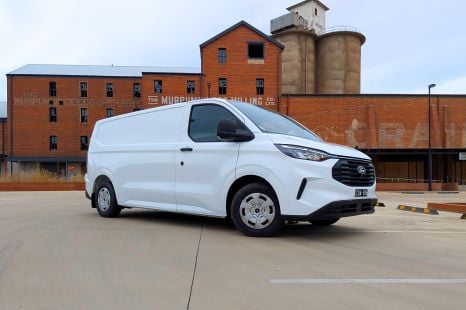

William Stopford
3 Days Ago
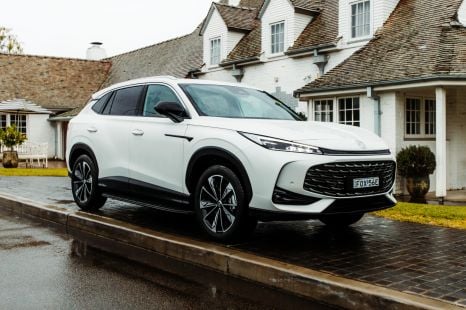

James Wong
1 Day Ago
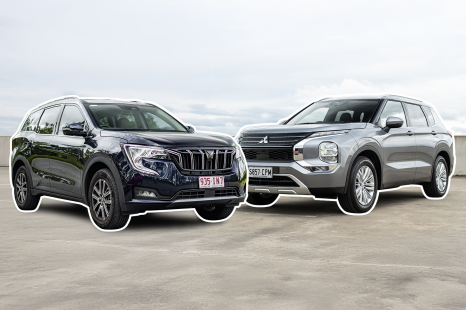

Andrew Maclean
19 Hours Ago


Max Davies
11 Hours Ago


Derek Fung
9 Hours Ago